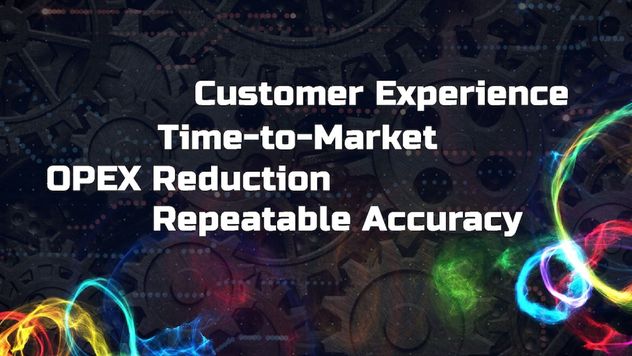
Are you happy with how efficiently your operations run? Do you want to become more profitable? Would you like to work on new growth opportunities? If you answered yes, you aren’t alone. In fact, these challenges are felt across the board and “Going Digital” aims to alleviate them. However, like anything worth doing, there is a process involved that can not only help you get there but maximize your Return on Investment.
The 3-tiered approach
When going digital, my recommended approach is 3-tiered.
Intelligent Automation

The first step to Digital Maturity is to bring efficiency and OPEX reduction to your business through automation. You should begin by focusing your efforts on existing business process, including but not limited to supply chain systems, inventory control, and order processing. The goal of automation is to enhance your control over your operations while increasing efficiency through the speed, reliability, and accuracy that only technology can provide.
Improved-Decision Making

Once automation is in place, you may begin to notice something – you have more time. While many executives and business owners would argue that there is no such thing when it comes to operating a business, in reality, you will find yourself able to pivot your focus from the aspects of the daily operations to see more of the “big picture.” The goal of this stage is to empower yourself and your leadership team with a Business Intelligence System that allow better, more informed and timely decisions.
Opening New Markets and Opportunities

Now that you have empowered your business with Operational Efficiency and Intelligent Decisioning Systems, you should start prioritizing towards new growth opportunities. You should begin exploring new markets and recognizing opportunities, but in tandem, and to enable the aforementioned, it is important to start investing in enabling technologies. This investment is critical to the continued performance of your business and should be inseparable from your strategy moving forward. This can include things like e-commerce platforms, mobile and web apps, and digital marketing activities that allow for local and global expansion.
The above paints a beautiful picture; one of a lean, agile, and market-ready organization that is not only efficient but poised for growth. However, there is one critical component that empowers all of it; a facet of digital that is necessary for success and cannot be separated from any successful transformation – Data!
In the remaining part of this article, I will expand around the what, why, and how of data management, data storage, and big data framework.
The Foundation of Data
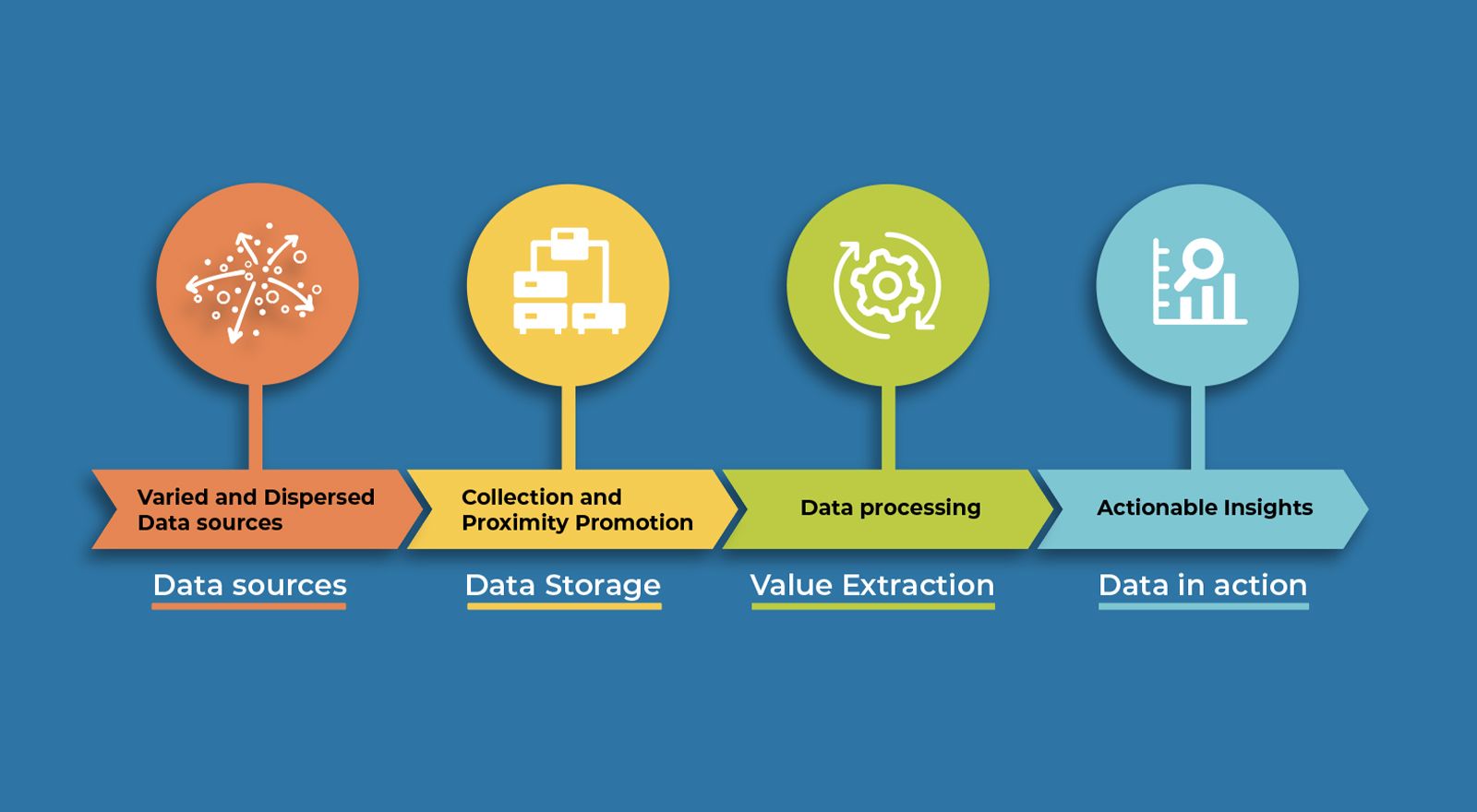
So why is Data important?
Data hides business insights & insights have business value!
A bold statement, especially when you consider what insight and how much business value is a matter of details; however, the principle is generally applicable. What this principle doesn’t allude to is where to begin with Data Management, and when talking about data, the only place to start is at the source.
Data Sources
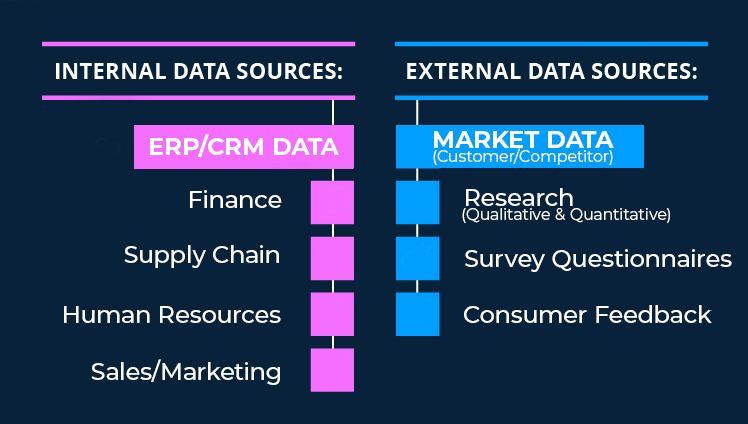
If you want to harness the power of data, first, and arguably most important step is determining and identifying your data sources. And broadly speaking, these can be identified into two categories; internal and external.
Internal data refers to the data you already possess (or should) and consists of data collected in such domains as sales, finance, marketing, human resources, supply chain, along with a subset usually classified as CRM data, which contains your customer profiles and their behaviour. However, when talking about data sources, it is always wise to rely on more than one.
The other type of valuable data is external data, which can often be just as relevant. External data comes from the market, including customers and competitors, and is usually statistical in nature being derived from questionnaires, research, and consumer feedback.
Data Collection Pipes & Big Data Framework
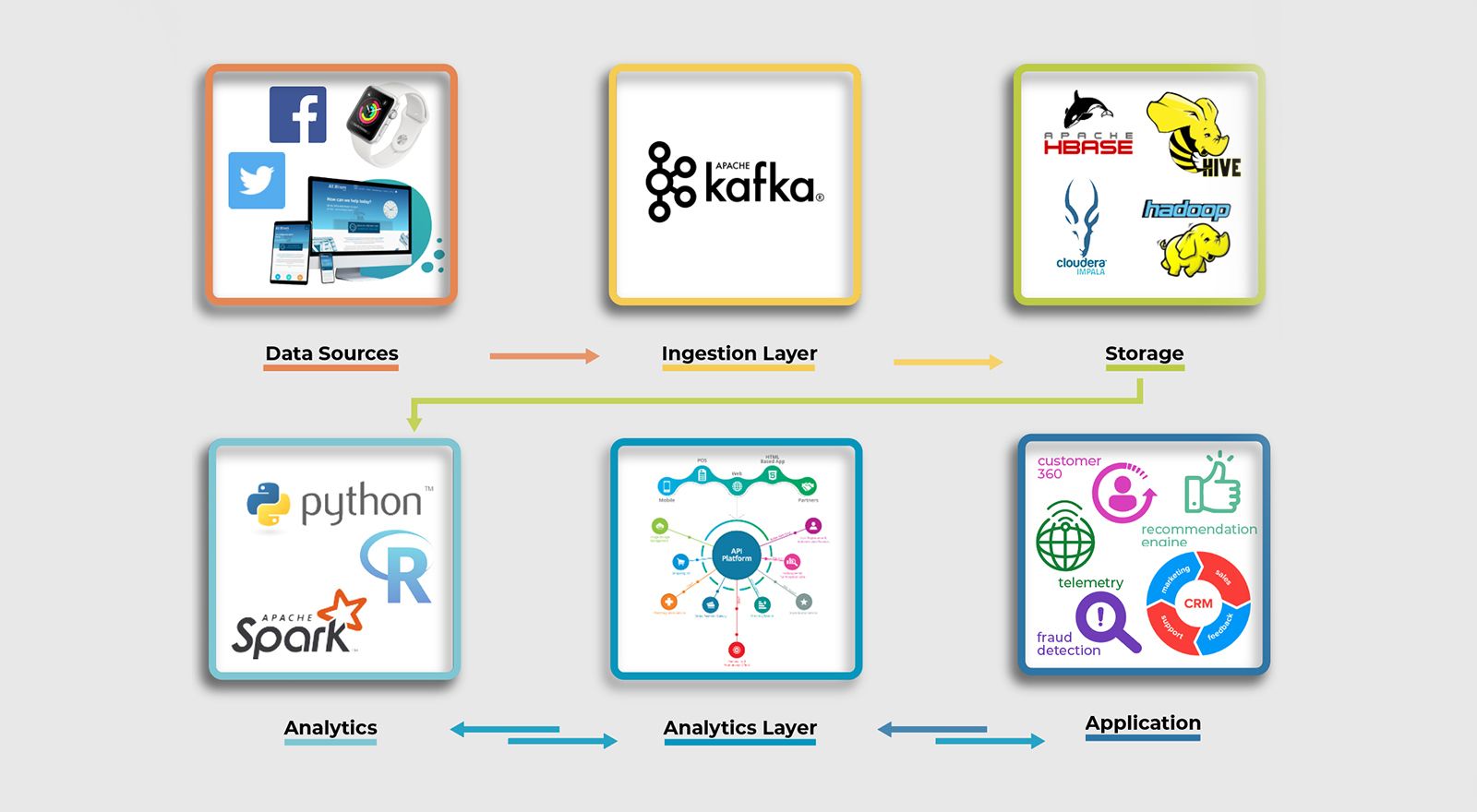
After you have determined what data you are looking for and where it will come from, the next step is determining how you will collect and process it, and this is done through your data pipeline and processing framework.
Typically, these frameworks are built around the open-source Hadoop technologies, with a variety of tools available in the ecosystem. If you are looking to utilize data to create a more actionable and valuable business strategy, investment in this is crucial.
The Power of Proximity
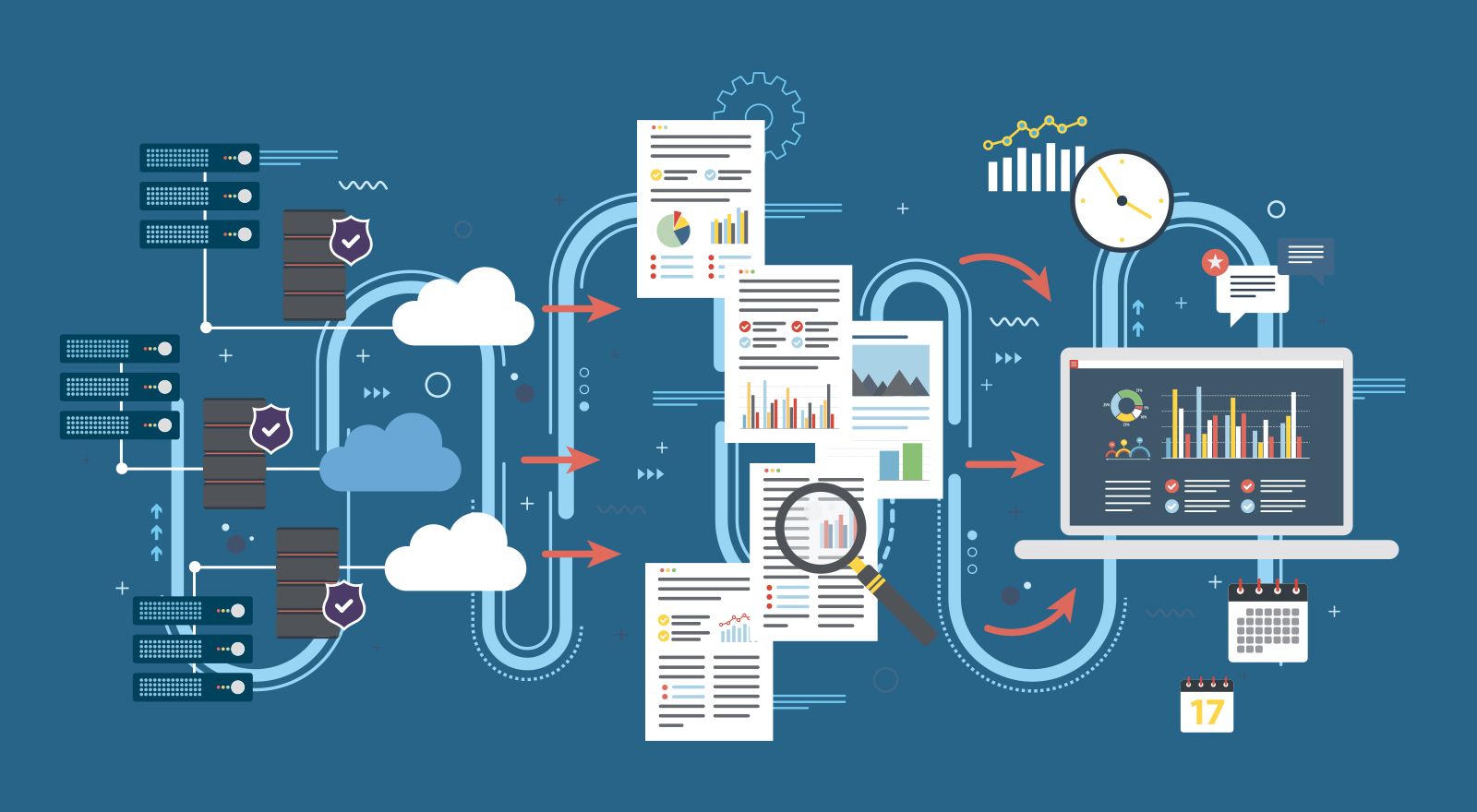
Utilizing a big data platform is critical, especially if you are working with vast amounts of data; however, one of the other benefits is that you are able to bring all your data to a collective location where it can be holistically processed. This allows you to correlate data from various sources to provide you with a more complete picture.
While it is advantageous to bring your data together for collective analysis, it is important to note the value of preserving data in its raw form. Following such practice will add shelf life to your data because by keeping it intact, you are able to safeguard the hidden insights which can be utilized as use cases are identified.
Creating Balance With Use Cases

When an organization embarks on a big data strategy with plans of creating a big data framework, the focus will inevitably be on data collection. However, this approach is often met with hesitation as data collection requires capital expenditure but holds no benefit until the business value is extracted.
To combat this and garner internal buy-in, your optimal strategy should include identifying business use cases as organizational data collection occurs. When done, this will not only provide immediate value for your investment but works as a confidence-building measure between business and technology.
Machine Learning
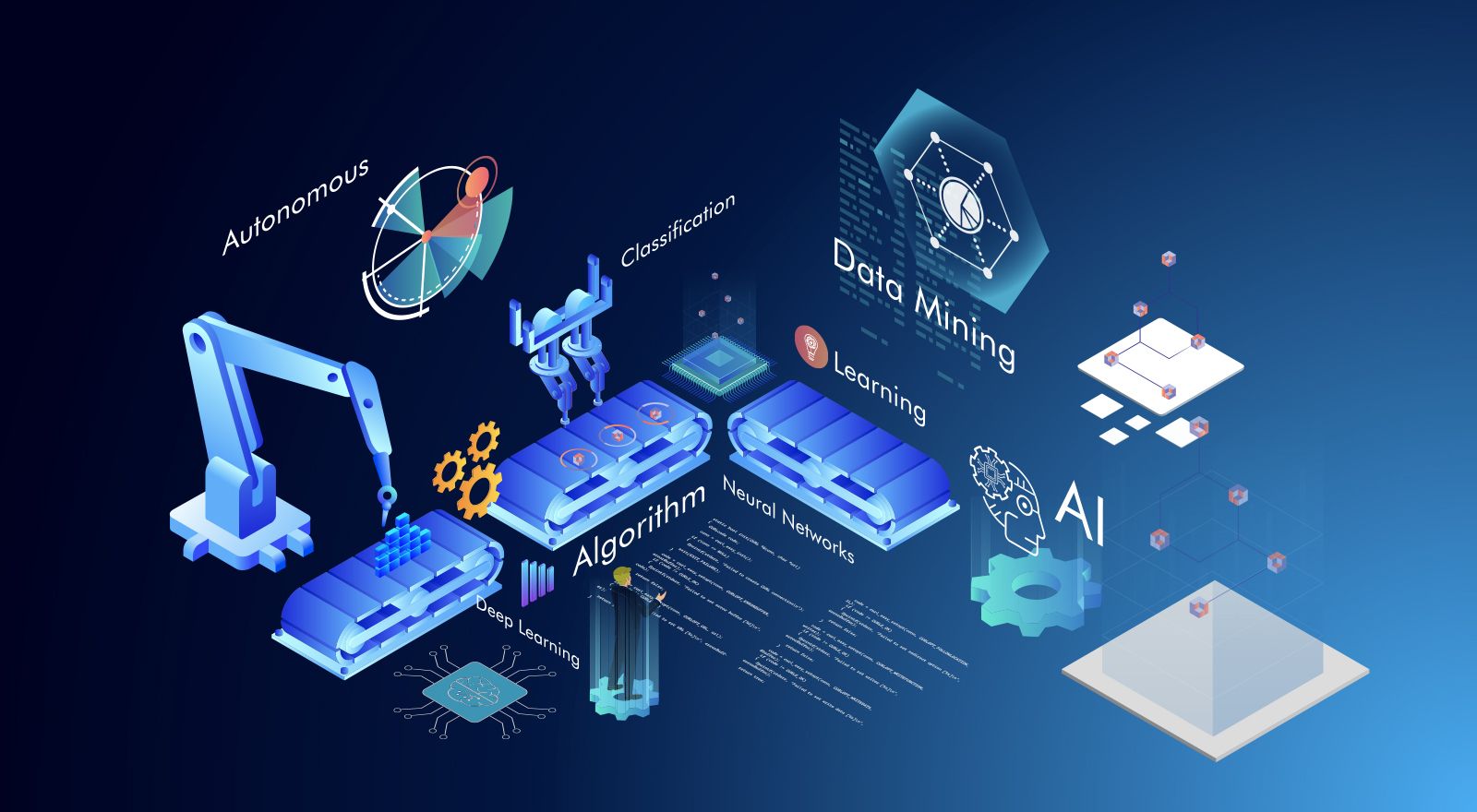
Knowing that business value comes from business insights, the question that needs to be addressed next is how to derive those insights from your data. In order to do that, you need machine learning.
Machine learning techniques can be applied to big data frameworks in order to extract actionable insights. However, as mentioned in the previous point, the identification of business use cases is the key to identifying which modelling approach will prove most effective. Sadly, there is a wide variety of techniques available, all of which require a thorough understanding and expertise, which brings us to our next point – how do you bridge the skills gap in order to derive and make use of these hidden insights.
Bridging the Skills Gap

When it comes to big data, machine learning, and implementing and utilizing a data strategy, perhaps the biggest hurdles faced by an organization is found in the scarcity of skilled and experienced professionals. Thus, your data strategy must include an assessment of organizational capacity and filling the gaps accordingly.
In order to fill those gaps, an organization is faced with options. The first and most obvious one involves hiring the skilled and experienced individuals you need; however, as we mentioned, you would then be met with such talent in short supply.
A second option is a hybrid approach that involves sourcing and attracting skilled professionals as well as identifying potential talent within your organization that can be trained with the skills needed. This approach is appealing because not only does it mitigate the talent supply problem but helps to increase organizational IQ and competency.
A final option and one that is growing more and more popular is the outsourcing model, one where you approach an outside vendor to develop, execute, and maintain your data strategy. This option can also be done in tandem with the hybrid approach as there is potential in selecting the right vendor who can not only help you execute your strategy but can help close the skills gap by training your internal teams.
Conclusion
Technology is now inseparable from business strategy and is a foundational cornerstone of long term success. The need to make better, more informed, actionable and meaningful decisions will not wait; instead, it will continue to grow and dictate just how far organizations can go. The key to that success and what will determine how far your organization can go will be the groundwork you put in now; work that will determine not only how quickly you reach digital maturity, but how digitally mature you can actually become.
